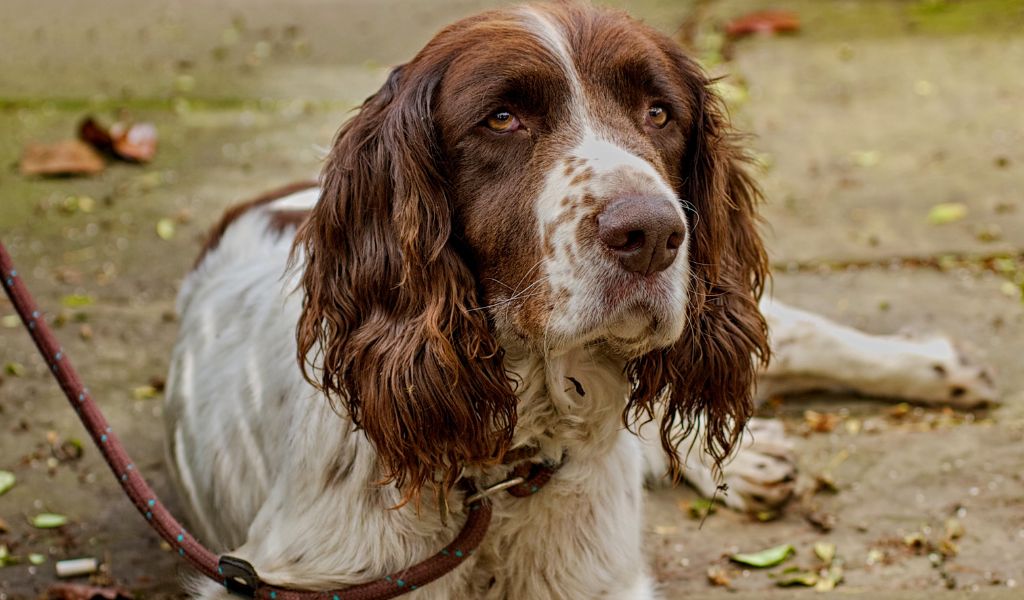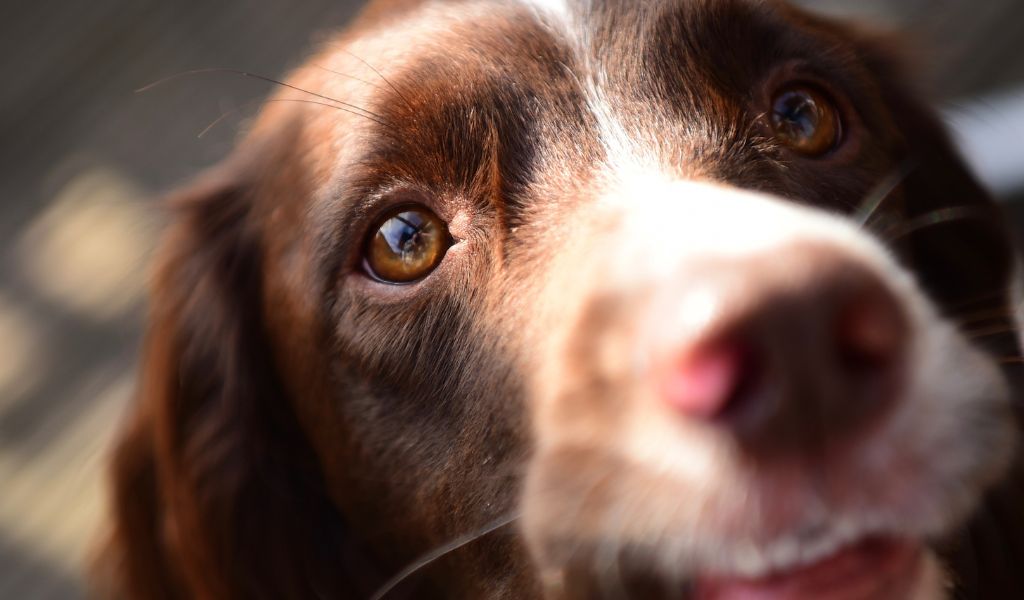Springer Spaniels are a breed known for their endearing personality and boundless energy. The breed’s name ‘Springer’ comes from their historic role in ‘springing’ game for hunters, demonstrating their agility and dynamism.
Characteristic Traits
Springer Spaniels are affectionate, sociable, and intelligent dogs. They’re known for their relentless energy and enthusiasm, which makes them perfect companions for active families. Their keen intelligence makes them highly trainable and adaptable.
Emotional Bonding and Attachment
These dogs are known for forming strong emotional bonds with their owners. They thrive on companionship and often struggle when left alone for extended periods, making them potentially susceptible to separation anxiety.

Defining Separation Anxiety
Separation anxiety in dogs is a distressing condition that occurs when a dog is left alone, causing them to exhibit various symptoms of stress and anxiety.
Symptoms of Separation Anxiety
Behavioural Changes
These can range from excessive barking or howling, destructive behaviour, pacing, and attempts to escape.
Physical Symptoms
Physical manifestations may include excessive drooling, panting, or even self-harm in severe cases.
Springer Spaniels and Separation Anxiety: A Deeper Look
Prevalence of Separation Anxiety in Springer Spaniels
While it varies from dog to dog, Springer Spaniels, due to their strong emotional bonding, may be more susceptible to developing separation anxiety.
Factors Contributing to Separation Anxiety
Factors such as early-life experiences, lack of socialisation, and sudden changes in schedule can contribute to the development of separation anxiety.
Managing Separation Anxiety in Springer Spaniels
Therapeutic Interventions
Training Techniques
Gradual desensitisation to being alone can help alleviate symptoms. This involves slowly increasing the length of time the dog spends alone.
Professional Help
In severe cases, seeking professional help from a dog behaviourist or a vet can be beneficial.
Preventive Measures
Providing plenty of exercise, maintaining a consistent schedule, and offering mental stimulation can help prevent the onset of separation anxiety.
Conclusion
While Springer Spaniels can suffer from separation anxiety due to their strong emotional bonding, proper training, preventive measures, and therapeutic interventions can help manage this condition.
FAQs
Do all Springer Spaniels suffer from separation anxiety?
No, not all Springer Spaniels will suffer from separation anxiety. It varies from dog to dog, depending on several factors such as their experiences, environment, and individual temperament.
What are the first signs of separation anxiety in Springer Spaniels?
The first signs can include behavioural changes such as excessive barking or howling, destructive behaviour, and attempts to escape when left alone. Physical symptoms may include excessive drooling or panting.
Can separation anxiety in Springer Spaniels be cured?
While there is no definitive ‘cure’ for separation anxiety, it can be managed effectively with the right combination of training, therapeutic interventions, and preventive measures.
How can I help my Springer Spaniel cope with separation anxiety?
Providing plenty of exercise, maintaining a consistent schedule, offering mental stimulation, and gradually desensitising your Springer Spaniel to being alone can help them cope with separation anxiety.
Should I seek professional help for my Springer Spaniel’s separation anxiety?
If the symptoms are severe and your own interventions are not helping, it may be beneficial to seek help from a professional dog behaviourist or vet.
Remember, every Springer Spaniel is unique, and so is their response to being alone. Your patience, understanding, and support will go a long way in helping your beloved companion navigate through this challenge.

